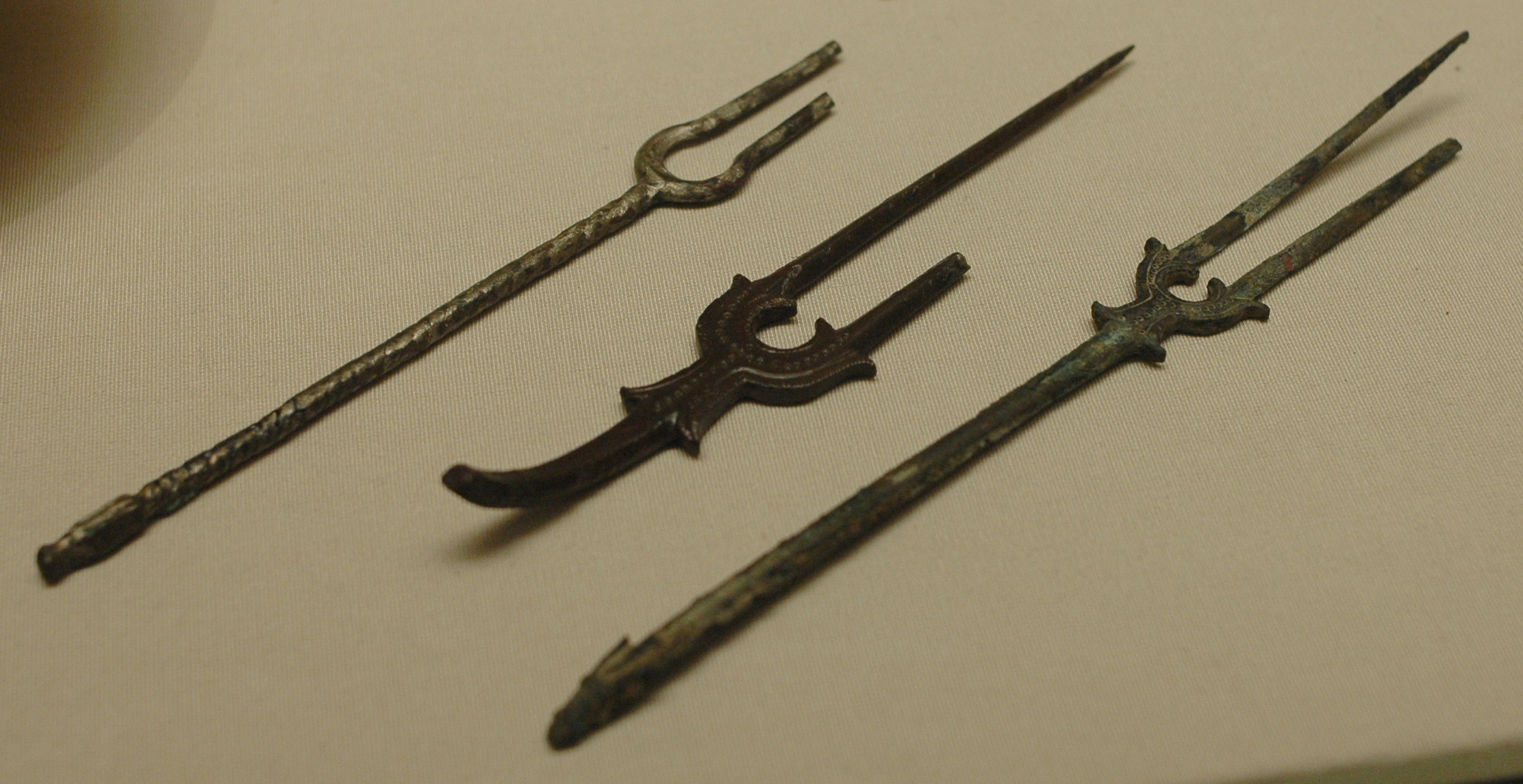Cutlery is one of the most important aspects of food consumption, as this technology helps limit the intake of bacteria and germs in the preparation, serving and eating of food. The end result of the benefits of cutlery is the increase of health which in turn results in higher human life expectancy. Spoons for dining dated to the 500s BCE (at the time of the Achaemenid dynasty) or earlier have been discovered in ancient Pasargadae, southwest Iran (currently housed at the National Museum of Iran).
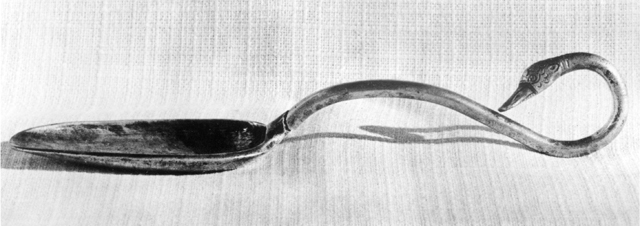
Achaemenid silver spoon with a curved swan’s head handle discovered at Pasargadae (mid-500s century BCE) (Source: David Stronach & Hilary Gopnik, Encyclopedia Iranica).
The cutlery discovered in Pasargadae appear to pre-date Greco-Roman cutlery by almost 1000 years.
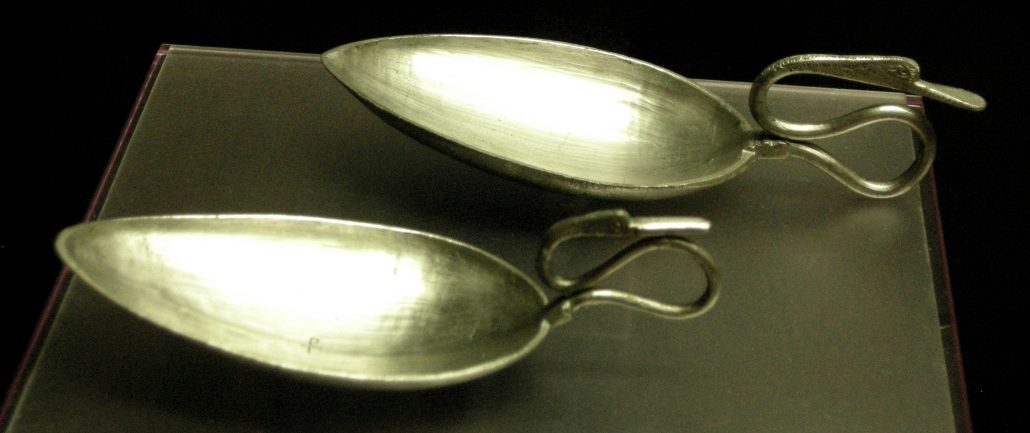
Roman spoons with swan heads (Source: Public Domain, photographed by Linda Spashett): note the remarkable resemblance between the Roman spoon and its Achaemenid predecessor.
The site of Pasargadae has also yielded evidence of the Achaemenids having used dining knives.
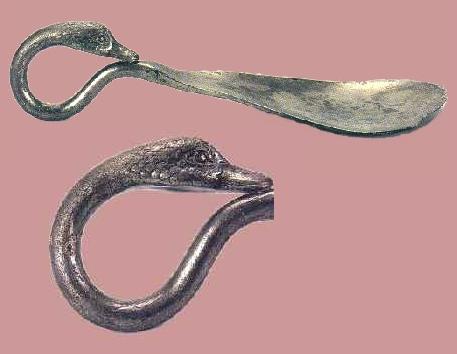
Achaemenid silver dining knife discovered at Pasargadae (mid-500s century BCE), housed at the Uşak Museum of Archaeology in Turkey (Source: Ecuador-Comeze). Note that this, like the Achaemenid spoon, also has a swan’s (or duck’s) head.
The fork however is absent from the ancient Persian archaeological finds and is apparently a Romano-Byzantine invention dated to at least the 4th century CE. The fork then spread from the Romano-Byzantine Empire into Sassanian Persia. This brief description of the history of cutlery demonstrates the long-standing cultural links between the Greco-Roman and ancient Iranian civilizations.
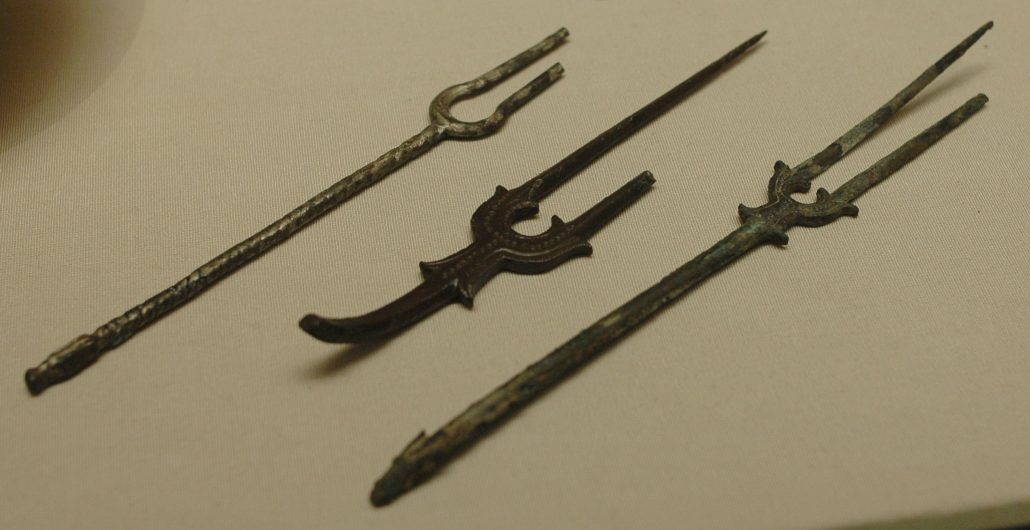
Iranian bronze forks dated from the 8th – 9th centuries CE (post-Sassanian era) housed at the Louvre Museum in Paris (inventory MAO 421-422-431) (Source: Public Domain, photographed by Marie-Lan Nguyen).

